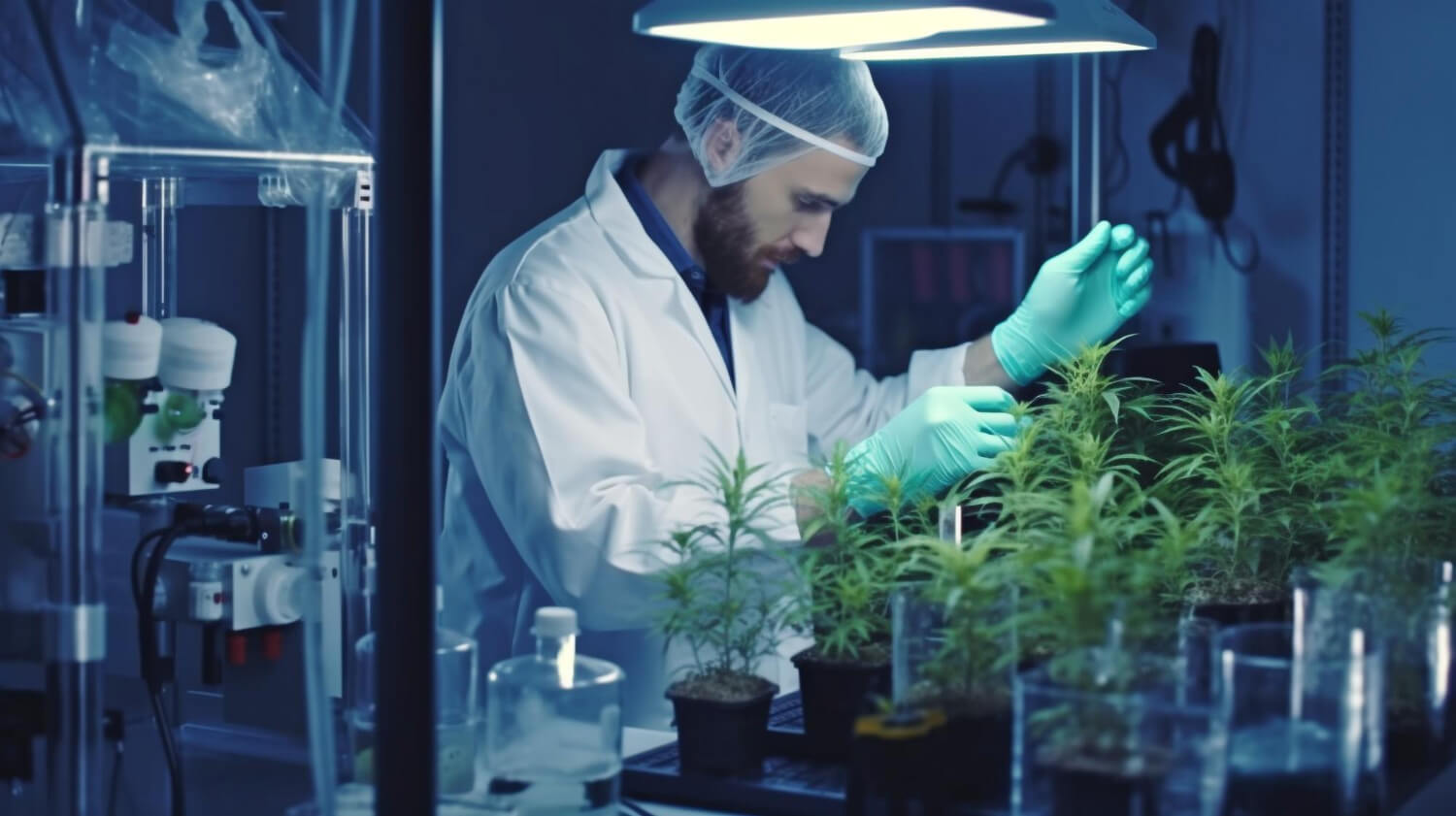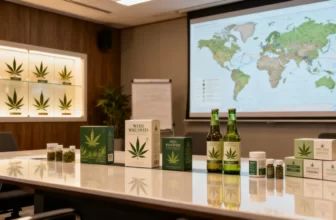The rise of the cannabis industry has spawned several sub-market sectors globally, including the crucial field of cannabis testing. In a bid to provide insights and facilitate stakeholder navigation in this rapidly evolving domain, The Cannabis Testing Report offers an indispensable resource. This comprehensive report focuses on aspects such as revenue potential, growth drivers, and regional market dynamics.
A Budding Industry Set for Growth
In line with the unprecedented growth of the global cannabis sector, the market for cannabis testing is also set to expand significantly. To estimate its revenue potential, comparisons can be made with similar industries like food and beverage or pharmaceuticals in terms of their spending on testing. Based on these measures, the total global market size for cannabis testing may range between 0.29% and 0.64% of the overall cannabis market size.
Cannabis testing is vital for various reasons. By guaranteeing accurate and reliable product testing, it directly contributes to patient and consumer well-being, businesses’ success, and fostering investor confidence. It equips regulatory authorities and operators across markets with data essential for developing new regulations and harmonizing international quality control systems. Consequently, by 2027, the global cannabis testing market could be worth anywhere between US$360 million and US$770 million.
Market Maturity Varies Across Regions
With the growing interest in cannabis worldwide, it comes as no surprise that regions differ in their approach to cannabis testing due to variances in industry maturity levels and specific regulations. Europe currently witnesses Germany leading in terms of third-party lab operators catering to the cannabis industry. North America’s cannabis testing market boasts a relatively mature landscape, where Canada enforces uniform regulations for cannabis, which extends to hemp in the United States context.
In these established markets, the nature of the operators tends to differ. Smaller specialized cannabis testing labs dominate the Canadian market. On the other hand, more extensive operations and multistate operators maintain a strong foothold in the US marketplace.
An Evolving Market Awaits New Entrants
Growth in the global cannabis industry has encouraged new entrants vying for an opportunity to establish their presence in this burgeoning domain. As the market matures, advancements in technology and knowledge are propelling innovative best practices in cannabis testing. The Cannabis Testing Report provides fresh perspectives on emerging opportunities for aspiring players to make their mark in the sector.
The cannabis sector’s evolving landscape presents continuous learning curves at various levels—from producers and laboratories to regulatory authorities. Converging best practices from multiple sectors and international settings enables stakeholders to uncover novel possibilities, trends, and approaches.
Riding the Wave of Innovation
Blending technological innovations with expert knowledge is shaping the future of cannabis testing. In addition to aiding the development of comprehensive regulations and quality control systems, these factors influence how new products enter the market. For instance, nanotechnology offers promising solutions, such as amplifying the sensitivity of cannabinoid detection methods and enhancing the precision of analytical tools.
Education is Key
Educating consumers about the importance of cannabis testing can help popularize its significance, spurring further growth within the testing market. An informed consumer base would be more likely to insist on purchasing marijuana from trustworthy sources whose products have undergone rigorous testing procedures, ensuring product safety and compliance with legal requirements.
As the market evolves, stakeholders must capitalize on new developments and adapt their strategies accordingly. Armed with the intelligence offered by resources like The Cannabis Testing Report, they can maneuver through the complexities of this innovative and expanding field. By staying ahead of the curve, investors, producers, laboratories, and regulatory agencies can contribute to a safer, more transparent cannabis industry that benefits all involved parties.





